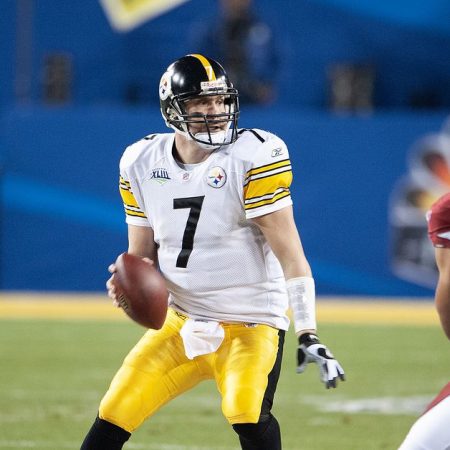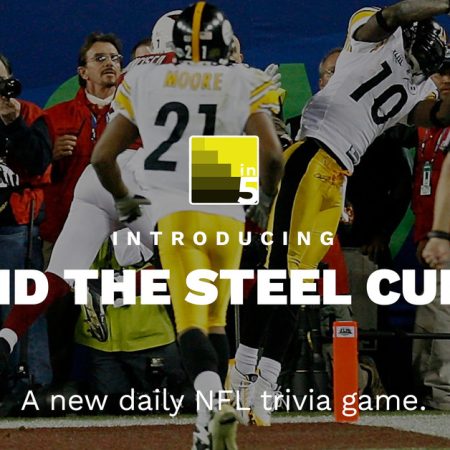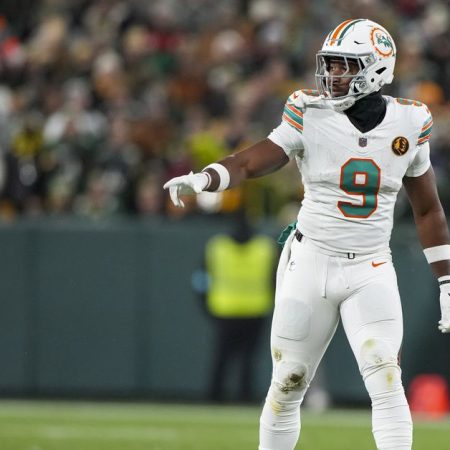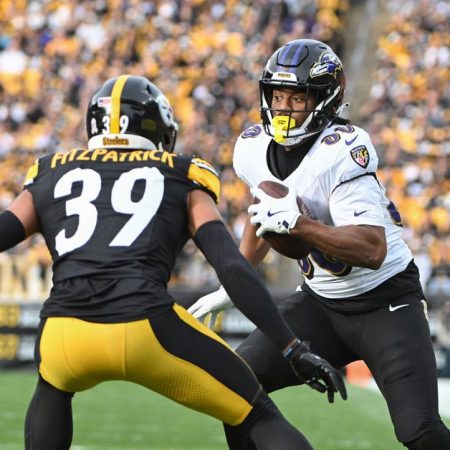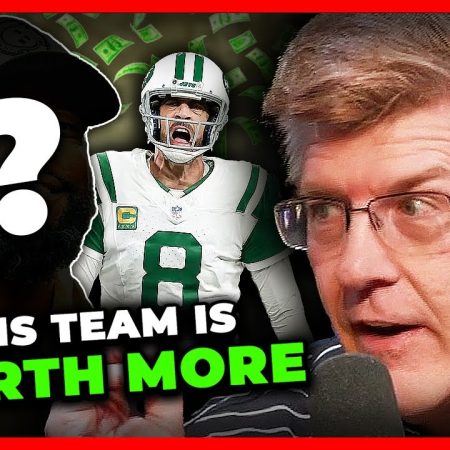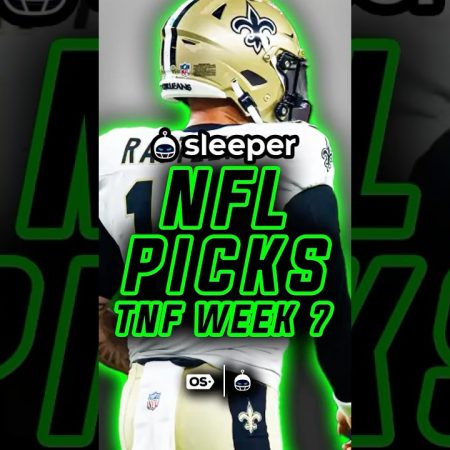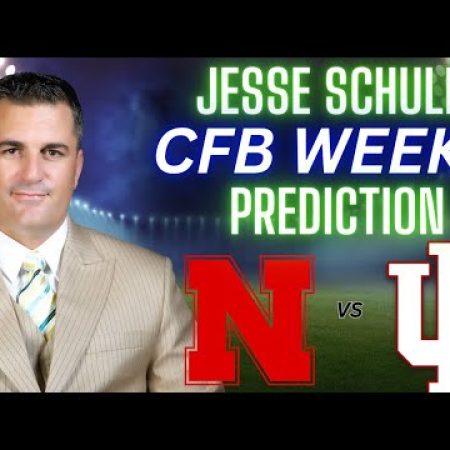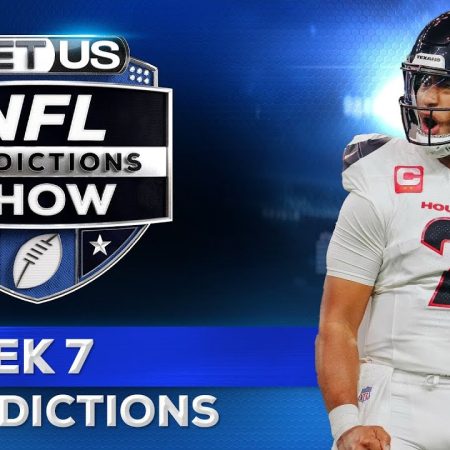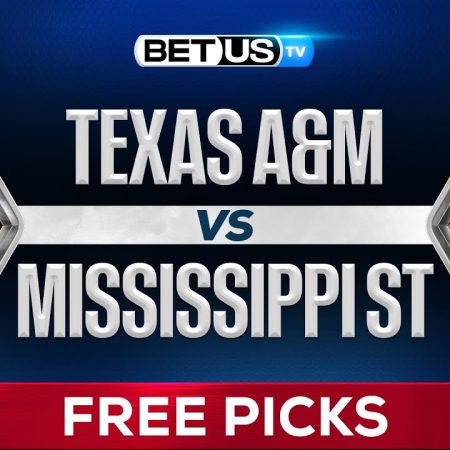“Complacent” is a word that gets thrown around frequently when critiquing recent Pittsburgh Steelers offseasons.
While that label has felt inaccurate — at least, in terms of roster building — over Omar Khan’s stint as general manager thus far, the team’s Monday trade of Minkah Fitzpatrick for Jonnu Smith and Jalen Ramsey blew any remaining “complacency” criticisms out of the water.
The Steelers aren’t just mildly aggressive — they’re that kid playing Madden who gets bored one offseason and resets the entire roster.
Pittsburgh was already looking adventurous this offseason, but every move had an easily explained motive. Aaron Rodgers over Justin Fields? Pittsburgh didn’t want to commit to paying Fields starting money for the next two years.
Replacing George Pickens with D.K. Metcalf? Pickens had clearly become a player the Steelers wouldn’t re-sign in the first place. They just finalized the move a year early for guaranteed draft capital.
But the Fitzpatrick for Ramsey and Smith trade? That’s the first move that could be interpreted as rash. And the Steelers didn’t even trade an aging defensive star for young, developmental talent or future draft capital, as many have suggested in the past. Nope, it was a 28-year-old Minkah Fitzpatrick for two even older stars.
As many online pointed out, it looked like an NBA trade, not an NFL one.
It’s still defendable, certainly. But there’s a lot that can go wrong.
Back to the “complacent” allegations — the Pittsburgh front office is clearly aware of the team’s past déjà vu Decembers, and they’re not afraid to tear up the roster to try something new. They’re being proactive, and whether or not you agree with the individual moves, it’s the sort of mindset you want to see from a team that hasn’t won a playoff game since the 2016-17 season.
(Coaching is an entirely different article).
But was the Steelers’ Monday trade the right move?
If there were any lingering doubts following the Aaron Rodgers signing, the Steelers are completely all-in for a Super Bowl in 2025. To strip all the nuance from the conversation, they traded one good player and got two good players in return.
But the Steelers still seem like an obvious outlier in the race for a Lombardi. They have a 41-year-old quarterback, razor-thin depth on an already unproven offensive line, and a still no clear WR2.
A lot still has to go very, very right if the Steelers have any shot at competing with the AFC’s elite. And let’s face it — defensive back and tight end are not premium positions for a reason. The trade moves the needle for Pittsburgh, but not all the way to contender status.
Keep in mind, Aaron Rodgers is almost certainly a one-year rental. That makes the Steelers’ decision to trade for players who will be 30 and 31 before midseason, respectively, worth questioning.
Even if the Steelers nail their rookie quarterback pick (absurdly huge “if”) after Rodgers retires in 2026, that quarterback likely won’t have the team in a Super Bowl window until his sophomore season, 2027. By then, at midseason Ramsey would be 33 and Smith, 32.
Cornerback and receiving tight end are two positions that are heavily reliant on athleticism. It’s hard to age gracefully. Of course, Ramsey can and likely will switch to safety to prolong his career, but Fitzpatrick was already a good, proven player at that position — and around two years younger.
And while Ramsey provides cap savings in 2025, his cap hit rises to around $17.7 million in 2026 and $19.5 million in 2027. Per Spotrac, the Steelers can get out of most of Ramsey’s deal after this year, but he’s not a notable discount compared to Fitzpatrick in future seasons.
Where Ramsey does help the Steelers is his willing versatility. He’ll likely play in the slot over Beanie Bishop Jr. in 2025, with Juan Thornhill taking over Fitzpatrick’s free safety duties. That gives the Steelers a potentially stronger starting 11 on defense than the team would’ve had with Fitzpatrick. And with three good corners, the team should find ways to be more creative with their secondary than in years past.
There’s still a lot to like, and acquiring Jonnu Smith as well as Ramsey for Fitzpatrick made the deal even more palatable.
Jonnu Smith is a longtime Arthur Smith acquaintance, beginning his career when the now-Steelers offensive coordinator was the tight ends coach for the Tennessee Titans. He even spent a season in Atlanta in 2023 when Arthur Smith was the Falcons’ head coach.
Interestingly, Jonnu Smith earned his first career Pro Bowl nod last year playing for the Dolphins — a team with a talented wide receiver duo — not Arthur Smith’s Steelers. The good news is, despite his age, he’s coming off the best season of his career.
That season was also the first time he’s broken 600 yards in his eight years in the NFL. The Dolphins, whether it works out or not, were selling high.
Jonnu Smith’s fit in the Steelers offense is intriguing, at least. The Steelers like to run tight end-heavy sets, and Smith was one of the best pass-catchers at his position last year.
But he’s not a plus blocker. And neither is Pat Freiermuth, the Steelers’ presumed TE1. To make 12- and 13-personnel offenses work, you have to be able to establish the run to justify it. The Steelers were one of the least efficient rushing offenses in the NFL last year, and Jonnu Smith doesn’t do much to improve that.
Darnell Washington, a very good blocker, is part of the equation, of course. But running 13 personnel where only one of the three tight ends is an impact player in the run game makes for a concerning offensive philosophy.
Jonnu Smith should still make the Steelers’ offense better. Pro Bowl tight ends tend to do that. But the Steelers are building a tight end-heavy team that doesn’t specialize in running the ball. If that’s the case, why not just trade for a WR2?
Again, it’s hard to see Monday’s trade as something that helps the Steelers significantly in the short term. And long term, it looks like a lot of fireworks that still keep the team on a similar trajectory as before.
However, the flip side is that this wasn’t a particularly risky trade by the Steelers despite the shock value.
Not a single piece of 2026 draft capital (or a high 2027 pick, for that matter) was used to acquire Ramsey and Smith. And even if Fitzpatrick was a better fit for the team’s long-term plans, he’s still on the edge of 30 and no longer playing his best football. It’s not a back-breaking loss.
Even if the trade blows up in Pittsburgh’s face, with Smith and Ramsey becoming uninspiring one-year rentals and Fitzpatrick making a few more Pro Bowls in Miami, the Steelers aren’t in a significantly worse spot than they would’ve been entering 2026.
Heading into next offseason, the Steelers still have a load of draft picks, a good receiving tight end in Pat Freiermuth, and the cap space to sign a good safety and more.
But that’s looking incredibly far ahead. As with any trade, we won’t know who truly “won” until the season starts. For now, it looks like a surprisingly low-risk move to improve the team’s championship odds in 2025.
But it could just as easily be a valuable trade resource wasted on an ill-fated Super Bowl attempt rather than the inevitable rebuild approaching in 2026.
Source link








